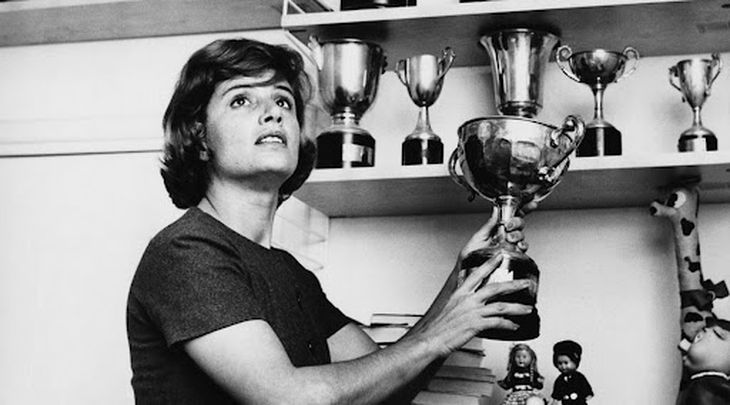In a world dominated by men, María Teresa de Filippis María Teresa de Filippis-1.jpg of the time and broke into the maximum category of motor racing. The Italian dared to compete in Formula 1 in a context in which the idea that a woman could pilot a car was unthinkable. His presence marked a before and after in a sport full of prejudices and rigors that limited female participation.
The pioneer debuted by driving a 250f mserati in 1958 And he participated in five major awards, leaving a mark despite the few results and social barriers. Throughout his brief passage through the discipline, he faced challenges that went beyond the track, opening the way to future generations of competitors in an area that offered little space for their gender.
María Teresa de Filippis-1.jpg
Its legacy remains a source of inspiration, since it opened doors for women in motor racing.
A historical debut: María Teresa de Filippis defies the expectations of Formula 1
On January 10, 1958, the first pilot went up to a Maserati 250F and prepared to dispute the Monaco Grand Prix. At that time, the image of a woman behind the wheel was almost unthinkable, but she challenged the rules and won a place in the history of motoring. The expectation was mixed with the rejection of a critical society of the presence on the track.
Despite having participated in the classification, the Italian could not compete in the main race of Monaco, since only 16 of the 23 registered pilots agreed to the event. However, Six months later he tried again at the Belgium Grand Prix. There, starting from 19th place, he managed to finish the race in Tenth placebeing the first woman to complete all the laps of one of these events.
The tour was marked by episodes that evidenced the machismo at that time: In one of the facts, the director of the circuit told him, in a derogatory way, that “the only helmet that a woman should use is that of the hairdresser.” These words reflected disbelief and contempt for her courage, but she moved on, making it clear that her goal was to demonstrate that talent has no gender.
Despite finishing most of the tests without completing the race or being disqualified, its presence in Formula 1 broke schemes. With only 85 turns completed in five GP, his career in the highest category was consecrated by the courage and determination of a woman willing to challenge what is established.
A retired withdrawal by tragedy: Goodbye to Formula 1 of the Italian pioneer
Personal pain was made present after The tragic death of his friend and companion Jean Behrafact that happened in a accident during a grand prize. The event was a devastating blow to the pilot, which He felt unable to continue in such a dangerous and loss -loaded environment. The tragedy marked the beginning of the end of his career in motor racing.
The catastrophe, which left a deep emotional sequel, was the trigger to decide to retire from sport. Despite having opportunities to continue competing, the loss and advice of friends and referents led her to move away from the track.
After his departure from Formula 1, the pilot distanced himself from the circuits for decades, leaving behind the race that had cost him so much. The withdrawal became a symbol of sacrifice and vulnerability in a demanding world where security and stability seemed unattainable.
Years later, he joined the International Formula 1 pilots 1entity in which he could give rise to his time and shared his experience with future generations.
María Teresa de Filippis.jpg

After the tragic death of his friend Jean Behra in 1959, María Teresa de Filippis withdrew from formula 1 competitions at 33.
The legacy of María Teresa de Filippis: the woman who opened paths in a men’s sport
The pioneer left an indelible mark on break barriers in an almost exclusively masculine environment. His courage opened the door to future competitors, such as Lella Lombardi, Divina Galica, Desiré Wilson and Giovanna Amati, demonstrating that talent has no genre.
The Italian event remains as a symbol of perseverance and change in motoring. In addition, their legacy continues to inspire those who dream of challenging the established limits.
Source: Ambito
I am Pierce Boyd, a driven and ambitious professional working in the news industry. I have been writing for 24 Hours Worlds for over five years, specializing in sports section coverage. During my tenure at the publication, I have built an impressive portfolio of articles that has earned me a reputation as an experienced journalist and content creator.




